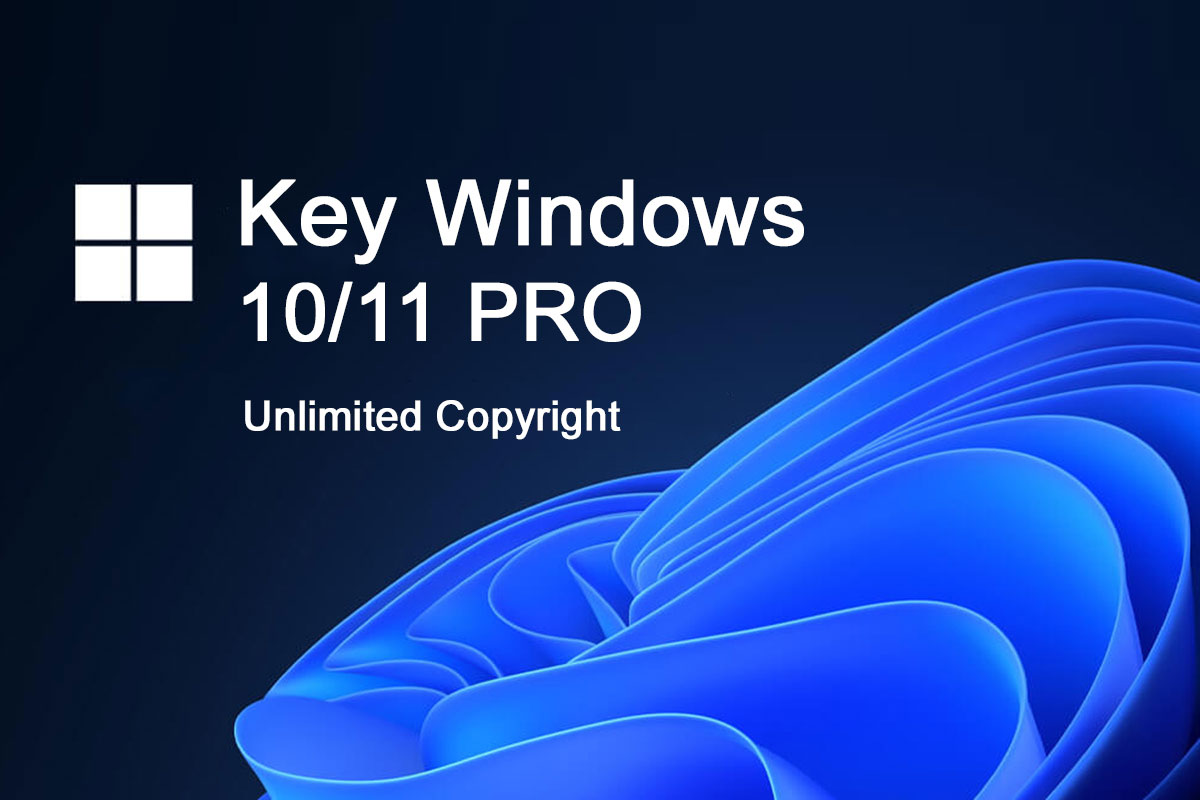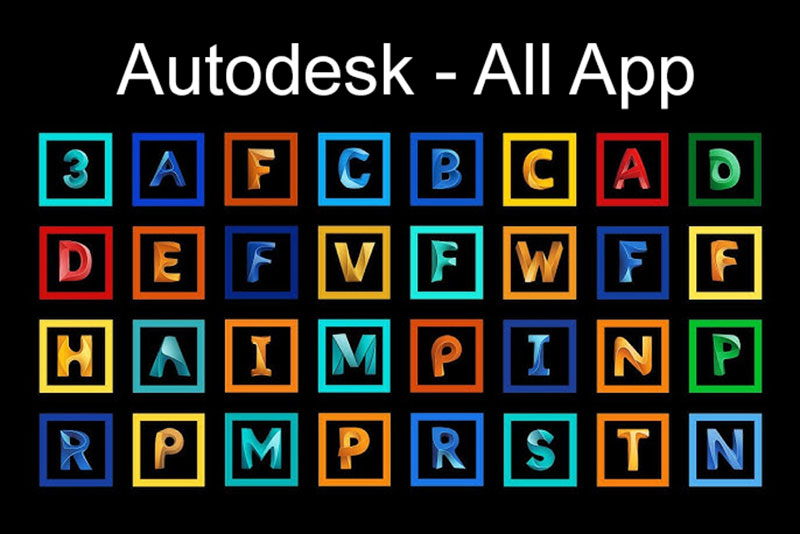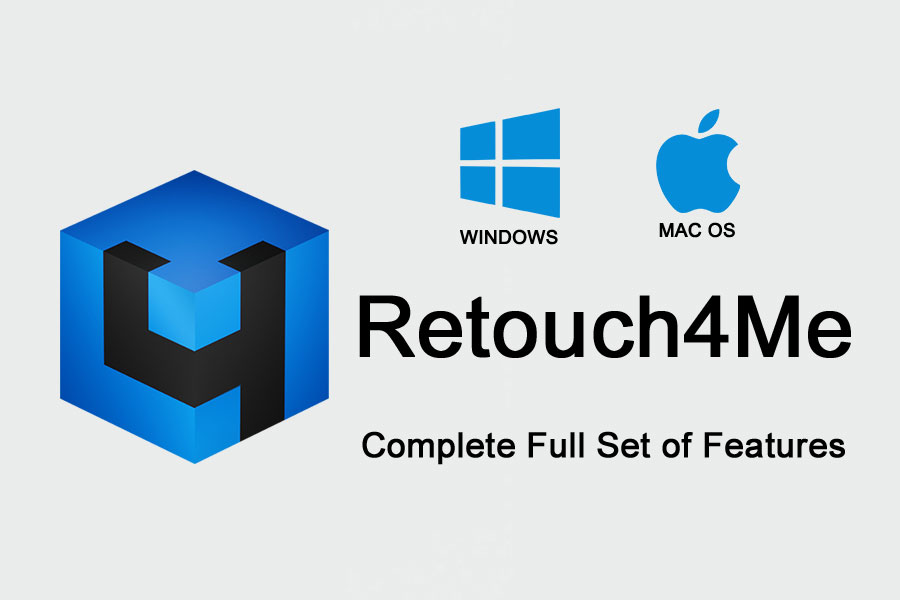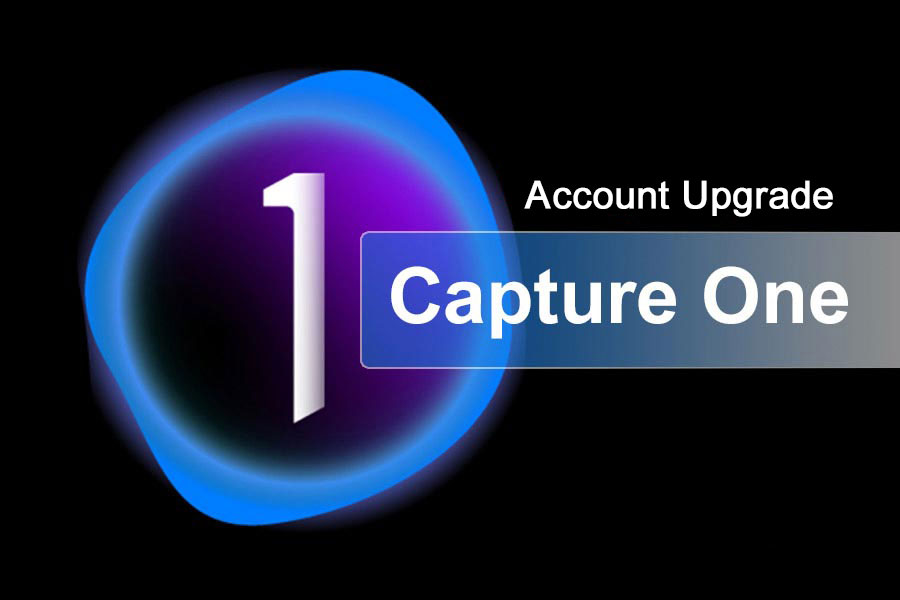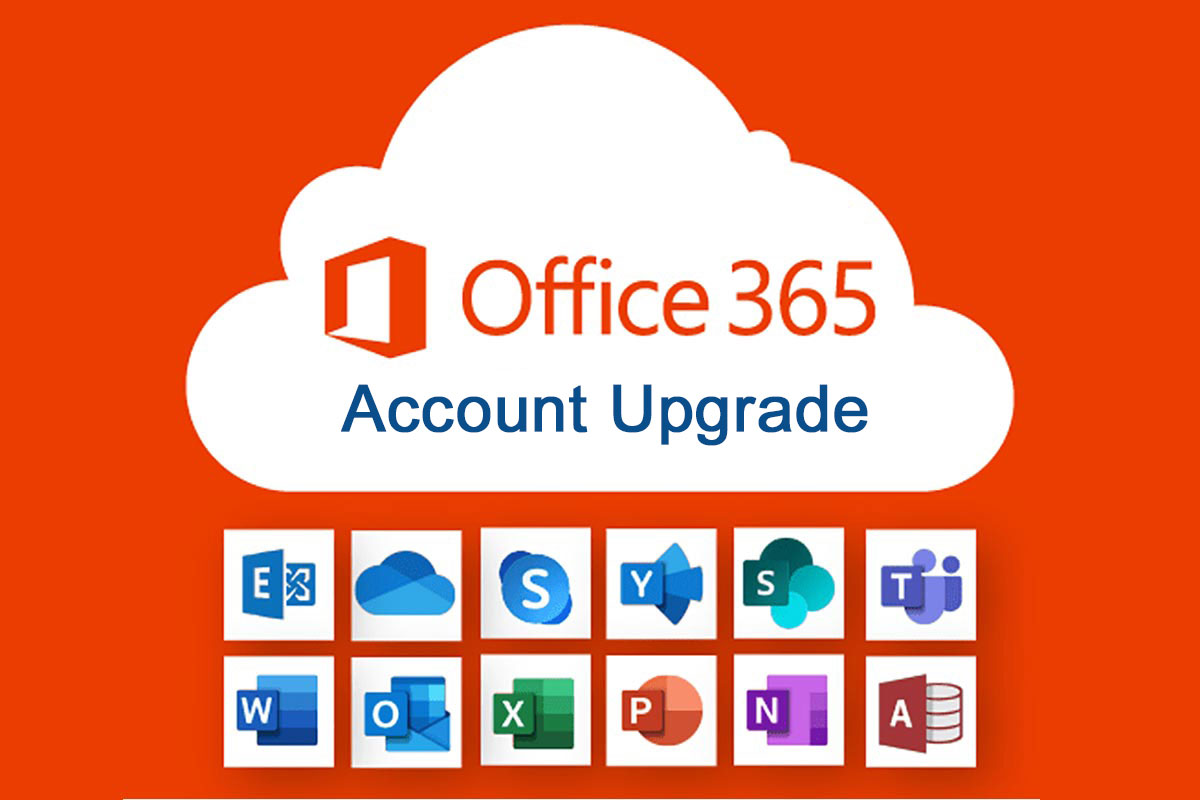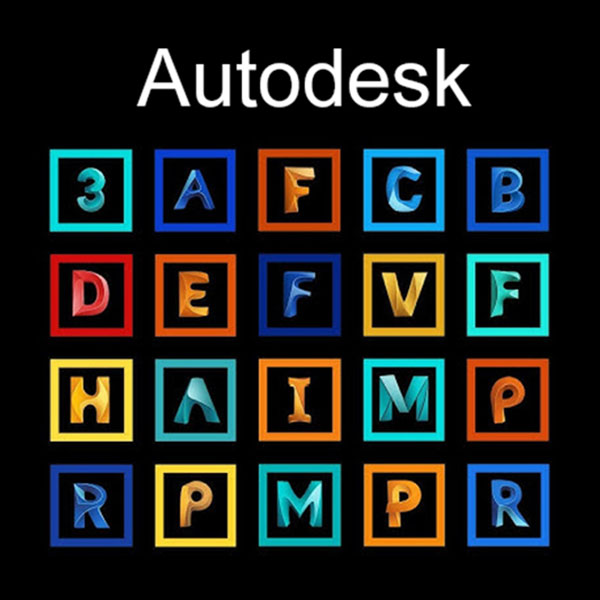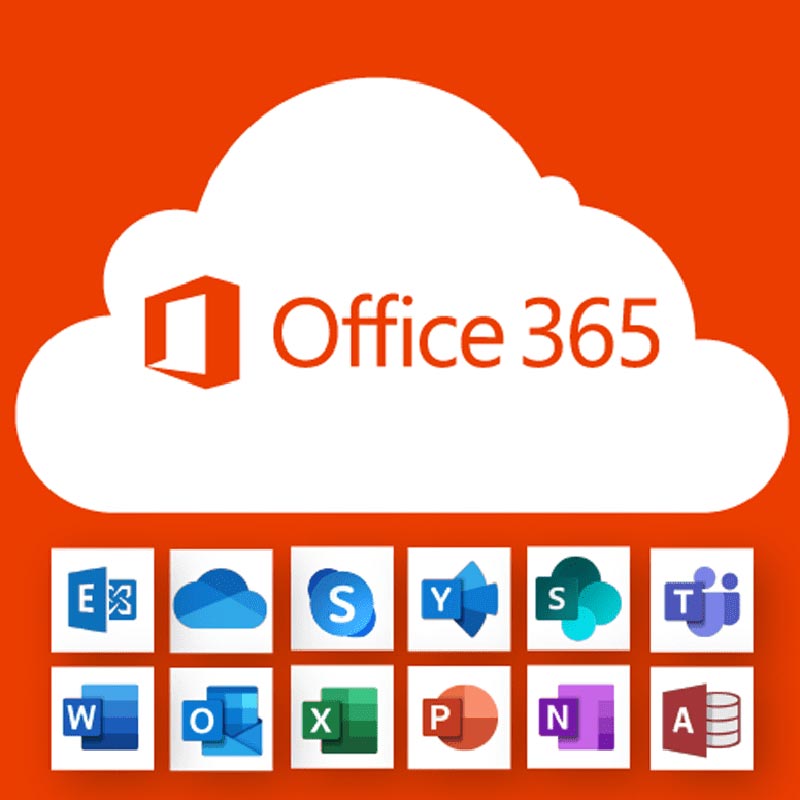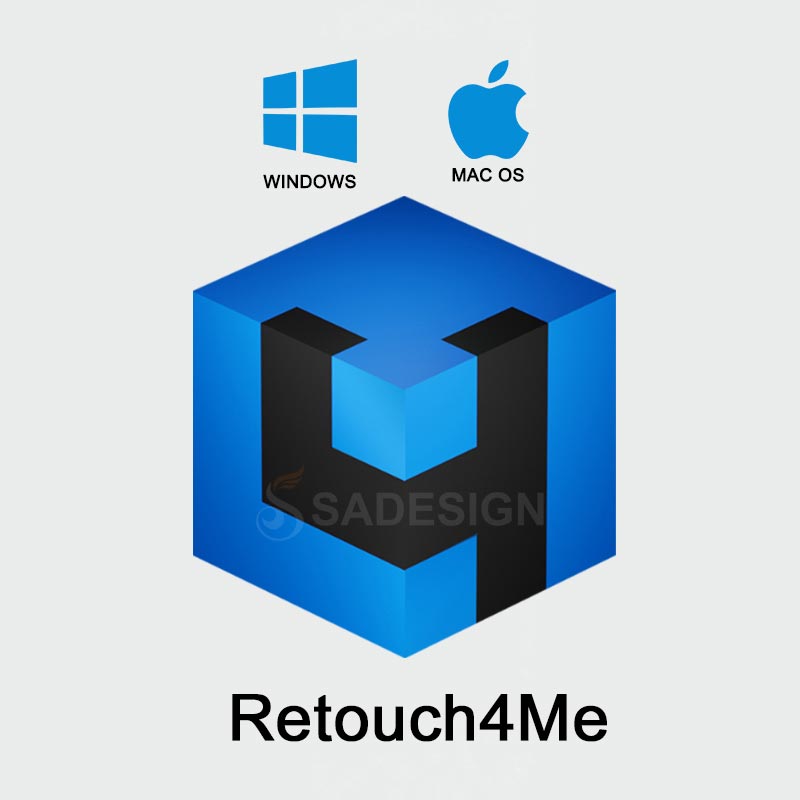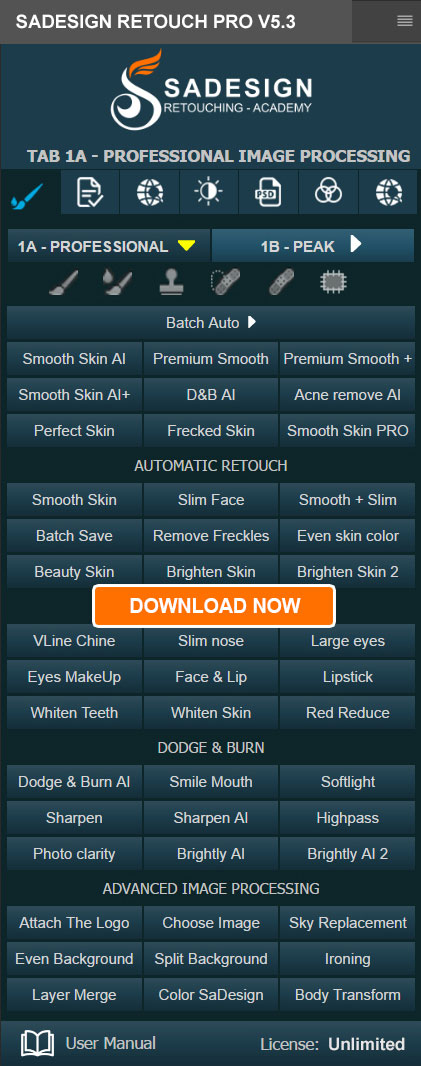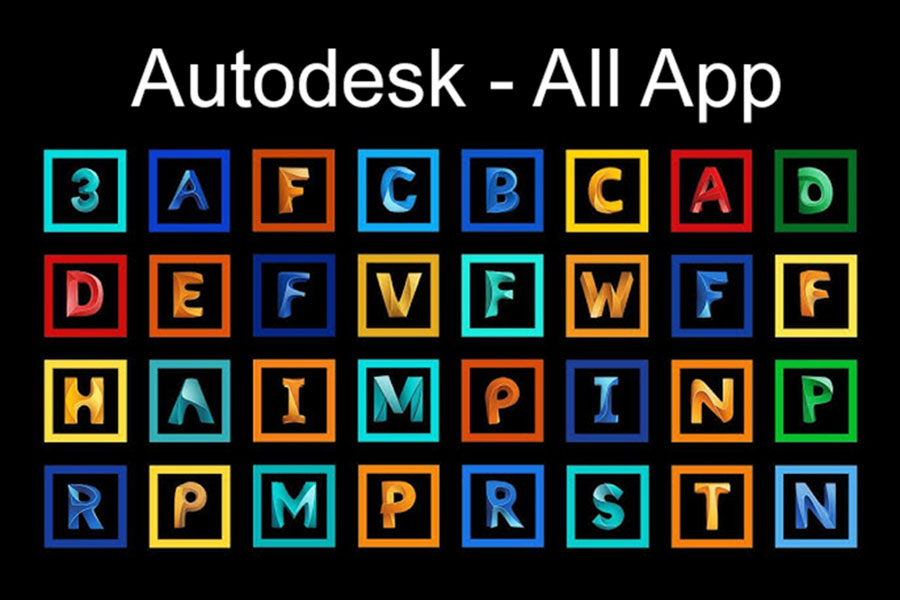Best Selling Products
15 Habits That Silently Destroy Your PC Every Day
Nội dung
- 1. Do not restart or shut down your PC
- 2. To keep the browser running continuously
- 3. Not cleaning the fan, ports and case
- 4. Skip backups
- 5. Install pirated software or software from unknown sources
- 6. Skip OS and driver updates
- 7. Poor power and cable management
- 8. Unsafe hardware tweaking
- 9. Placing the PC on an unsuitable surface
- 10. Using inappropriate anti-virus software
- 11. Being subjective with access rights and passwords
- 12. Storage is almost full and no file management
- 13. Skip backup and emergency restore configuration
- 14. Abuse of extensions and plugins
- 15. Skipping cyber safety education
To keep your PC running stably, durably and meeting all your needs, it's time to identify and eliminate the "toxic" habits that many people are still unknowingly having.

Personal computers (PCs) are indispensable tools for study, work and entertainment. However, many users still maintain seemingly harmless habits that actually reduce performance, increase the risk of damage or cause data loss. This article summarizes common habits to avoid, explains why they are harmful and provides practical instructions for overcoming them. If you make the small changes suggested, your PC will be more stable, the life of components will be extended and the user experience will be significantly improved.
1. Do not restart or shut down your PC
Many people have the habit of leaving their computers in Sleep mode all day or leaving their laptops plugged in for a week. This may seem convenient, but in the long run, it causes unnecessary processes to accumulate in memory, making the device run sluggishly and sometimes causing strange software errors. Modern operating systems, drivers, and many applications require a reboot to complete the installation of important updates. If you avoid shutting down or rebooting, security patches and performance optimizations will not be fully applied. In addition, a periodic reboot helps the system free up memory, terminate suspended processes, and “refresh” the software state.
With laptops, the habit of leaving the device in standby mode for a long time also affects the battery charge cycle. Although new laptops have smart charging mechanisms to protect the battery, leaving the battery in a constant state of charge and discharge is still not good for the battery's life in the long run. If you do not use your PC for many days, completely shutting it down will help save electricity and reduce wear and tear on components. Therefore, the practical advice is: restart the computer at least once a week and turn it off completely when not in use for a long time.

2. To keep the browser running continuously
Today’s web browser is no longer a simple tool, it is a complex platform running many processes, extensions and background tabs. Chrome, Edge or Firefox can consume a large amount of RAM if you open many tabs or install many extensions. On machines with 8 GB or 16 GB of RAM, running a heavy browser with graphics applications, video editing or games can cause the system to “squeeze” virtual memory, causing swapping, making the machine slow and jerky. Many people have the habit of keeping the browser open for weeks to “keep” the working state, but in reality, closing the browser when not in use and restarting it if necessary will free up valuable resources for other tasks.
A good habit to get into is to periodically check your Task Manager or Activity Monitor to see which processes are using a lot of RAM or CPU. Turn off unnecessary tabs and extensions, use tab management features like “tab groups” or a dedicated resource management extension to help keep your browser running smoothly. If you frequently work with heavy applications, take the time to close your browser completely before starting those tasks.

3. Not cleaning the fan, ports and case
Dust is a silent enemy of hardware. When dust accumulates in fans, heat sinks, ports or on the motherboard, the ability to dissipate heat is greatly reduced. As a result, the CPU, GPU or other components have to operate at higher temperatures, leading to reduced performance due to thermal throttling and shortened lifespan. Dust in USB ports also causes poor contact, causing unstable charging or erratic data transmission. Many hardware failures come from ignoring regular cleaning.
PC users should clean their PCs at least once or twice a year; if you live in a dusty environment or have pets, the frequency should be increased. A safe method is to turn off the machine, unplug it, and then use a can of compressed air to blow out the slots, ports, and fans. For desktops, open the case and use a soft brush or dry cloth to remove dust from components (but be careful not to create static electricity). Avoid spraying too close to components or using too much pressure. Proper cleaning protects performance and reduces the risk of sudden failure.

4. Skip backups
Data loss is a common fear for PC users. Many people take this risk because they are complacent or lazy about setting up a backup system. A hard drive failure, a ransomware attack, or even an accidental deletion can result in permanent loss of important data if there is no backup. It is good practice to apply the rule of minimum: always keep at least one backup off the main device; if the data is especially important, apply the 3-2-1 policy (three copies, on two types of media, one offsite/cloud).
A simple solution these days is to combine cloud storage with offsite SSDs/HDDs. Cloud services like Google Drive, OneDrive, Dropbox, or iCloud offer anywhere access and versioning to restore files to a previous date. Portable SSDs are a fast and reliable option for offline backups. Schedule regular backups and test your data recovery at least once every few months to ensure your backups are working.

5. Install pirated software or software from unknown sources
Installing cracked software, downloading files from unknown sources, or cracking licenses is a bad habit with high risks. Pirated software often comes with malware, backdoors, or other hidden components that can steal data, encrypt files, or turn your device into an attack tool for bad guys. In addition, unofficial software can cause conflicts, system errors, and void warranties with some manufacturers.
The cost of purchasing a license for legitimate software is an investment in security and technical support. Many developers offer free versions, trials, or educational licenses, so before using pirated software, consider legal solutions. If you need advanced features that are only available in paid versions, choose a genuine solution or open source tools with a good support community.

6. Skip OS and driver updates
Many people put off updating their operating system or drivers because they think it will take time or change the look and feel. However, updates often contain important security patches, performance improvements, and bug fixes that cause software crashes or conflicts. Outdated drivers can especially cause hardware problems, from sound to graphics to peripherals.
Have a sensible update strategy: enable automatic updates for your operating system, but test before updating your graphics drivers if you are doing important work; read the release notes for changes; back up before major system updates. For enterprise environments, deploy updates in stages to test compatibility before rolling them out more widely.
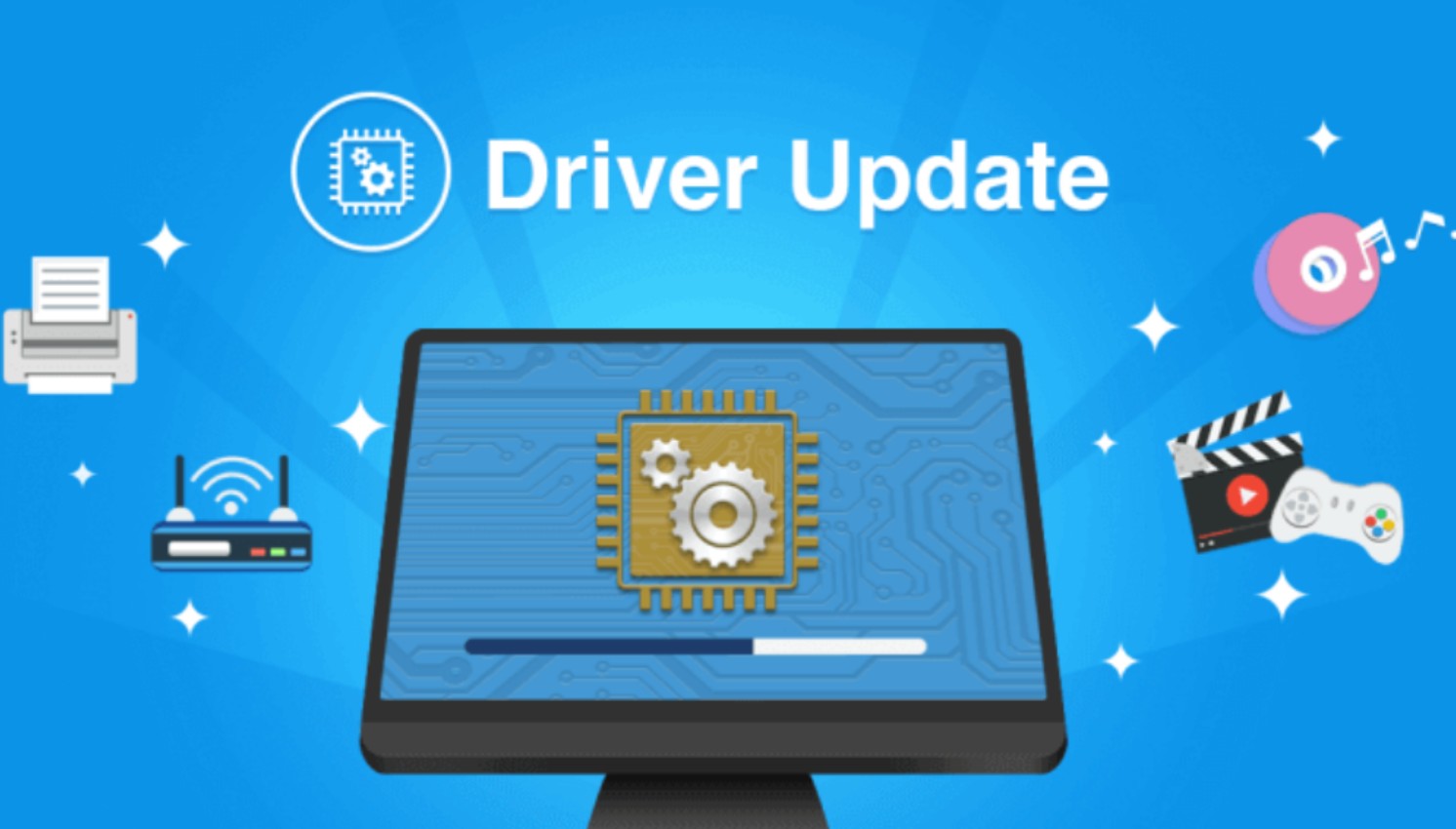
7. Poor power and cable management
Power management is more than just plugging in; how you use your outlets, UPS, and cords can have a big impact on the safety and longevity of your devices. Plugging multiple devices into an overloaded outlet can easily cause a voltage drop or fire. The habit of forcefully unplugging or pulling on cords can damage USB ports or power jacks. Using a UPS (uninterruptible power supply) is necessary if you live in an area with frequent power outages, frequent blackouts, or an unstable grid; the UPS helps protect data in the event of a sudden power outage and stabilizes power to sensitive devices.
Additionally, cleaning the plug contacts, checking the power cord regularly, and using an outlet with an on/off switch will help protect your device. For laptops, avoid having the power cord twisted around the body of the device, causing wear and tear on the plug. Make sure all power connections are tight and not loose.
8. Unsafe hardware tweaking
Overclocking your CPU or GPU can provide temporary performance gains, but if done incorrectly, it can be risky: temperature spikes that shorten the life of your components, system instability that can cause crashes, or data corruption. Some users enjoy tweaking the BIOS/UEFI without understanding the system's multiplier, voltage, or cooling configuration. This is especially dangerous if you have an integrated heatsink or a case with poor airflow.
If you really want to overclock, do your research, monitor temperatures with dedicated software, gradually increase clock speeds, and stress test for stability. Always have a BIOS recovery plan ready and make sure your cooling system is strong enough. For most general users, not overclocking is the safe choice.
9. Placing the PC on an unsuitable surface
Placing a laptop on a blanket, pillow, lap, or desktop near a heat source is a common cause of overheating. Laptop air vents can become blocked when placed on a soft surface, reducing air circulation. For desktops, placing the case against a wall or covering the vents will reduce heat dissipation efficiency. High temperatures cause unstable operation of components and reduce their lifespan.
Make sure to place your laptop on a hard surface or use a cooling pad, and place your desktop case in a well-ventilated area, a few dozen centimeters from the wall to allow air circulation. Avoid placing your PC near heat sources such as fireplaces, direct sunlight, or other heat-generating devices.
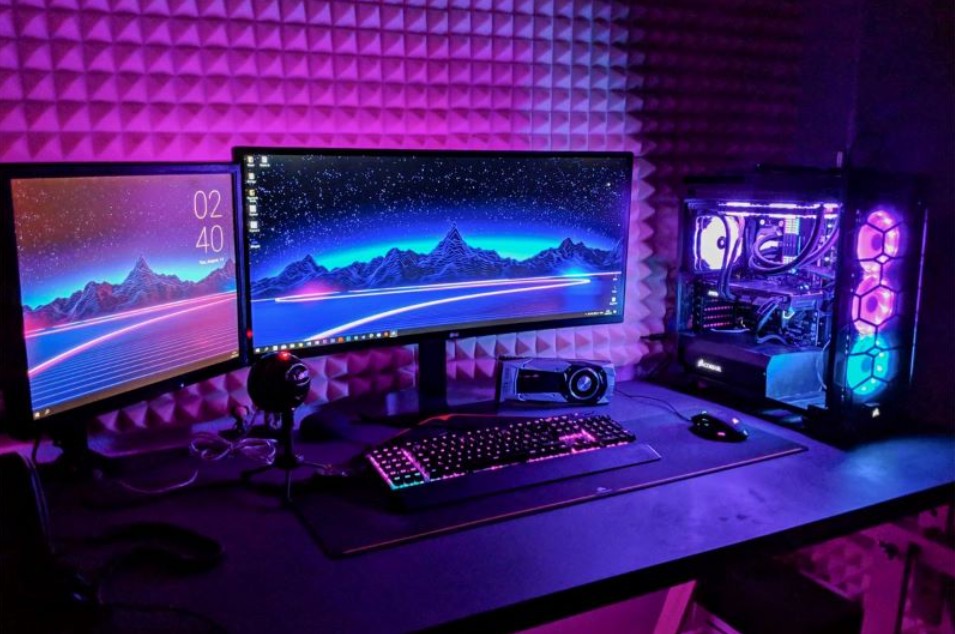
10. Using inappropriate anti-virus software
Security is important, but many people install antivirus software without updating virus definitions or forgetting to configure regular scans. Some free antivirus tools also install adware or voiceovers that slow down the system. Additionally, installing multiple security software at the same time can cause conflicts, resulting in system crashes or slowdowns.
Choosing reputable security software, enabling automatic updates, and performing regular full system scans are essential. For business users, implementing a centralized Endpoint Management solution will help ensure security policies are applied consistently.

11. Being subjective with access rights and passwords
Using weak passwords, reusing passwords for multiple services, or skipping two-factor authentication are all habits that leave accounts vulnerable to attack. Once an account is compromised, bad actors can use it as leverage to access data, send phishing emails, or encrypt data for ransom. In particular, many people store passwords in unencrypted text files on their desktops, which is risky.
Use a password manager to create and store complex passwords, enable two-factor authentication for important services, and don't share passwords via insecure email or text messages. Periodically review your login list and revoke access that's no longer needed.
12. Storage is almost full and no file management
A nearly full hard drive will affect performance, because the operating system needs free space to swap, cache, or create temporary files. Users often keep things “because they are busy”, leading to data fragmentation (with HDDs), reduced read/write performance, and slow startup. In addition, not organizing files properly will make you waste time searching for documents, duplicate data, and increase the risk of accidental deletion.
Keep at least 10–20% free space on your system drive, delete temporary files, clean up downloads, and use disk management software to optimize. Move old data to external or cloud storage, and get into the habit of organizing folders scientifically for efficient management.

13. Skip backup and emergency restore configuration
Many people have backups but never attempt to restore them, leading to situations where the backup fails when needed. Backups are only really useful if you periodically check the integrity of the data and try to restore a few sample files. Additionally, not having a disaster recovery plan for critical data can mean a long time for an organization or individual to get back up and running.
Establish a quarterly or semi-annual recovery testing process and ensure backups are encrypted if they contain sensitive data. For corporate data, define an SLA (service-level agreement) for recovery times and test scenarios.
14. Abuse of extensions and plugins
Browser extensions and plugins are convenient tools, but installing too many or installing extensions from unknown sources can steal browsing data, track activity, or inject ads. Each extension is a piece of code that runs in the browser, so it can also cause memory leaks or conflicts. Users should review and remove unnecessary extensions, keep only tools from reputable developers, and check their access rights.
With desktop software, avoid installing too many useless utilities just for a few small features; these applications can launch with Windows and slow down the startup speed.
15. Skipping cyber safety education
Many security incidents stem from user behavior: clicking on phishing links, opening suspicious attachments, or installing software from unsafe sources. It is essential to proactively learn about new phishing techniques, how to check suspicious emails, and what to do if you suspect an attack. Instead of leaving it to the discretion of security software, users should develop a habit of vigilance and know how to react promptly.
Your computer is a powerful tool, but keeping it running smoothly and efficiently requires good habits. Bad habits like not restarting, leaving your browser running constantly, ignoring hardware hygiene, not backing up your data, installing pirated software, skipping updates, or poor power management can all have unfortunate consequences. Adjusting your habits only takes a few minutes a week, but the long-term benefits to performance, security, and longevity are huge.
Starting today, take concrete actions: restart your computer regularly, close your browser when necessary, clean your computer on a schedule, set up automatic backups, use genuine software, update your system and configure your security. These small steps will help your PC run more smoothly, securely and last longer over time.
